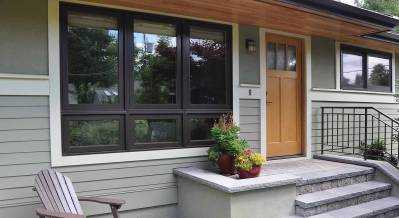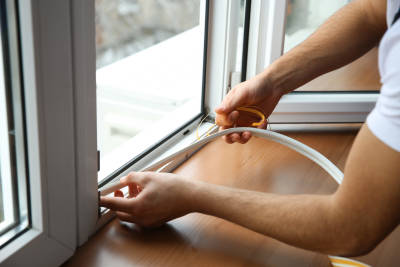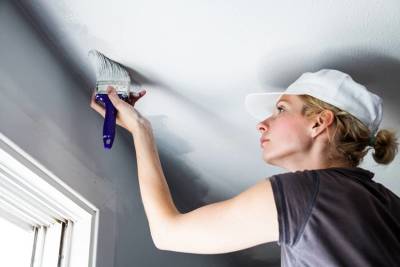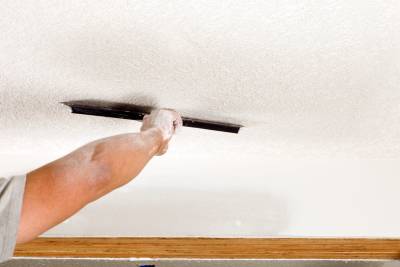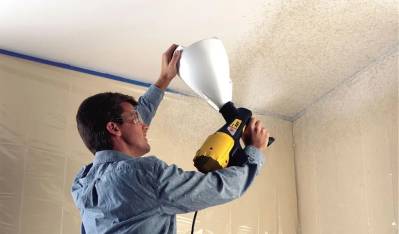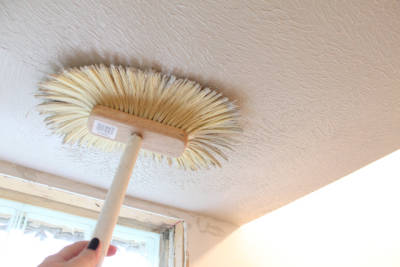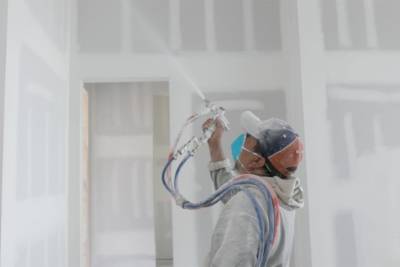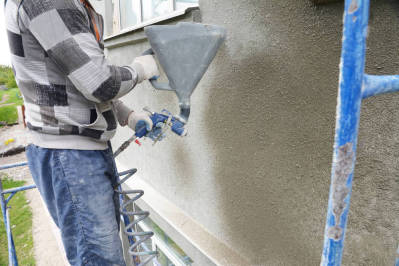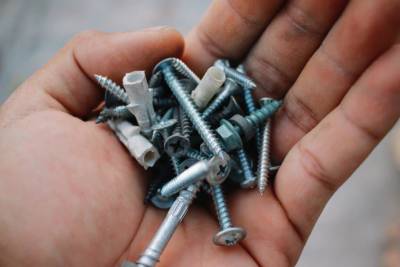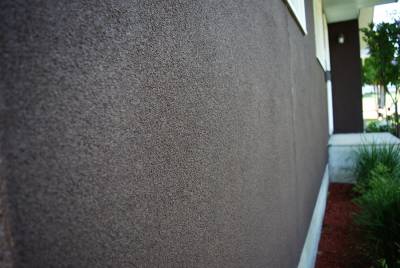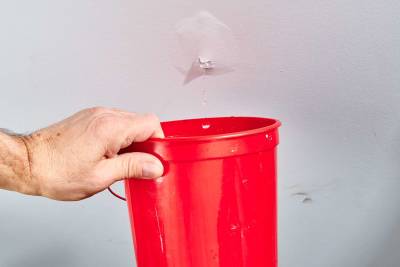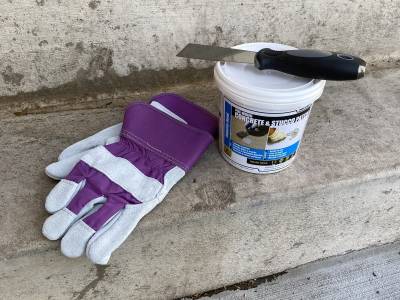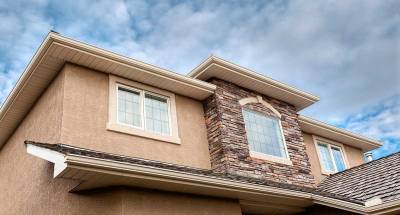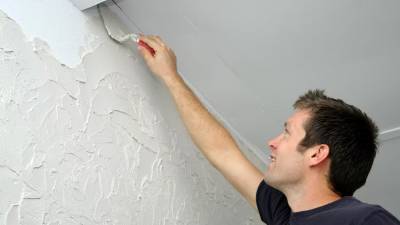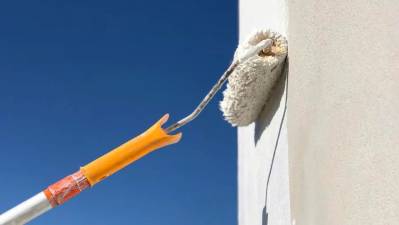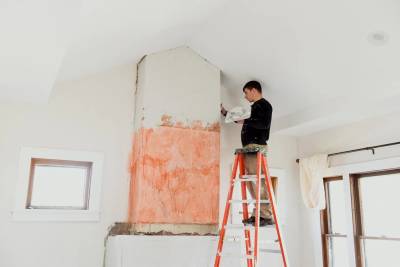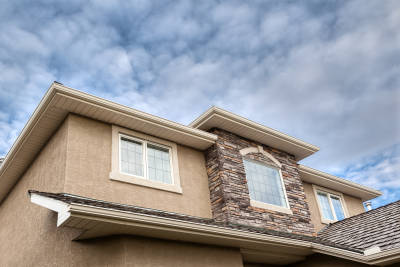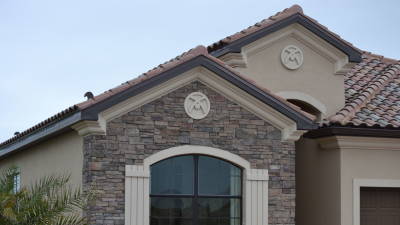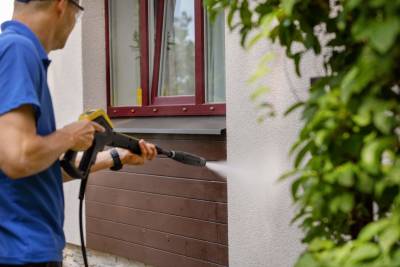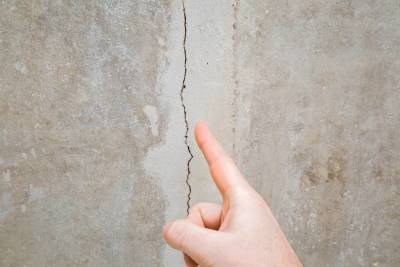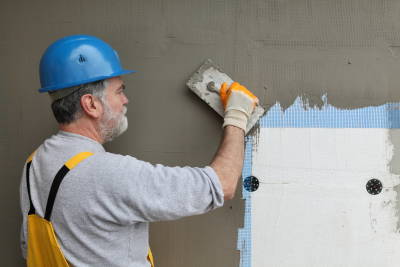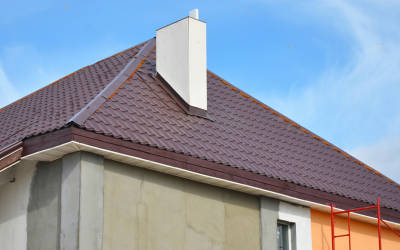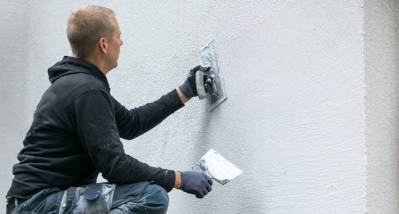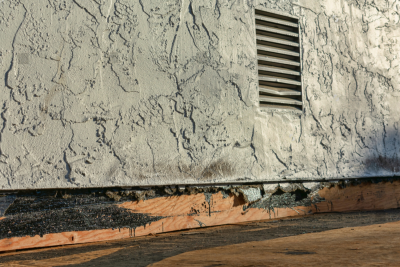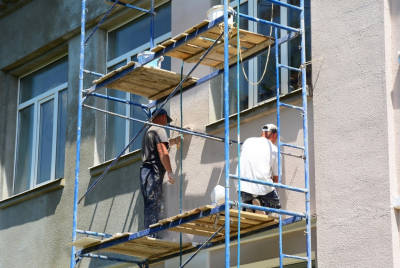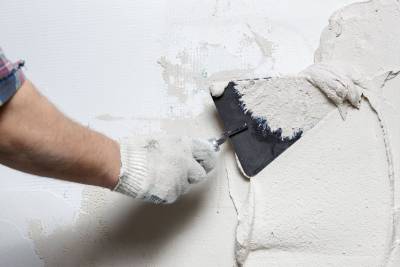You might have noticed a seemingly harmless water spot slowly growing on your ceiling or worse, you might have woken up to the unpleasant surprise of water dripping onto your floor. Either way, water leaking from ceiling can lead to significant structural and aesthetic damage to your home if not handled promptly. In this article we'll take an in-depth look at the causes of ceiling leaks, how to identify them, and what can be done to fix this issue.
Understanding the Causes of Water Leaking From Ceiling
Before proceeding to solve the problem of water leaking from the ceiling, it's crucial to understand its potential causes. This knowledge can aid in taking the appropriate remedial action and prevent further damage to your property.
Leaky Pipes
Possibly the most common cause of water leaks in the ceiling, leaky pipes can occur due to normal wear and tear, poor installation, or due to the freezing and thawing cycle in colder climates. Leaky pipe issues are common in houses with aging plumbing systems.
Roof Damages
If the water leak appears on the ceiling of your top-floor room, the culprit can very well be a damaged roof. Aged or damaged shingles, cracked flashing, or missing roofing components can all lead to water infiltrations.
Overflowing HVAC System
Another cause of water leaking from the ceiling is a backed-up or overflowing HVAC system. If the air conditioning system's drain line becomes clogged, the condensate pan can overflow, causing leaks.
Identifying Water Leaking From Ceiling
Now that we know what can lead to water leaks, let's delve into how to identify the source of the problem.
Knowing Where to Look
- The area directly above the leak isn't always the source; water can travel along beams or piping before dripping down.
- Look for discoloration or damage to paint or plaster on your ceiling - these are signs of leaks.
- Pay attention to the color of the water. Clear water generally indicates a leaky pipe, while brown or dirty water points to a roof issue.
Checking the Attic
If you have access to your attic, investigating there can provide critical clues. Evidence like damp insulation, stained or damaged roof deck, or puddles of standing water can lead you to the source of leaks.
Different Ways to Fix a Water Leaked Ceiling
Once you have identified the source of the water leak, the next step is to address it. The severity of the leak will dictate whether it is a DIY job or if professional help is required.
DIY Solutions
- For minor leaks, you may be able to replace damaged pipes or apply a waterproof sealant to the leaky area.
- If the damage is limited to just a few shingles, these can generally be replaced individually.
Professional Repairs
In the case of more substantial damages, professional contractors experienced in plumbing or roofing will be required. They will typically repair the source of the leak, and then repair or replace the damaged ceiling area.
Preventing Water Leaks in the Ceiling
Addressing water leaks is crucial, but prevention is even better. A proactive approach can save you from water damage headaches and costly repairs in the future.
- Regularly inspect your roof for signs of wear.
- Ensure that your home's plumbing system is up to date and functioning well.
- Periodically check your HVAC system's draining mechanism to avoid any build-up.
Maintaining Your Home's Integrity
Remember, water leaking from the ceiling might seem like just an inconvenience initially, but if not addressed promptly, it can cause significant damage to your home. Regular inspections and maintenance can help prevent most leaks, but when a leak does occur, it's crucial to address it promptly to maintain the integrity of your home.
Frequently Asked Questions About Water Leaking from Ceilings and Related Topics
What causes water to leak from the ceiling?
Water leakages from ceilings are typically related to issues in your roofing system or due to faulty plumbing. Damaged roof shingles, clogged gutters, or condensation within the attic space can cause roof leaks. On the other hand, cracked pipes or joint leaks in your home's plumbing system can also lead to ceiling leaks.
How can you spot a ceiling leak?
Water stains or discolorations on your ceiling or walls are common indications of a leak. You may also see sagging drywall or peeling paint. A musty, mildew-like odor can be another indicator. In more obvious cases, you might see dripping water or puddles on the floor.
What are the potential dangers of water leaking from the ceiling?
Aside from the obvious water damage to fixtures and furnishings, ceiling leaks can lead to various other problems. They can cause structural damage to the ceiling and walls, mold and mildew growth, and even electrical hazards if the water reaches wiring systems.
How can you stop water from leaking from the ceiling?
The best method to stop a ceiling leak depends on the cause. If the leak is due to a roofing issue, it might be necessary to repair or replace the roof, or clean out gutters. If it's a plumbing issue, you may need to repair or replace the faulty pipes. Contacting professionals is usually the safest bet.
What are the steps to repair a water-damaged ceiling?
First, you need to stop the source of the leak. Once the leak is identified and fixed, remove the damaged ceiling material. Then, dry out the area using fans or dehumidifiers to prevent mold growth. Replace the damaged material, then prime and paint to match the rest of the ceiling.
Could water leaking from the ceiling be covered by insurance?
In many cases, yes. Homeowners insurance policies typically cover water damage if it's sudden and accidental. However, if the damage is due to lack of maintenance, then it may not be covered. It's always advisable to review your policy or reach out to your insurance company for clarification.
What professionals can help with water leaking from the ceiling?
You might need to contact a plumber, a roofer, or a water damage restoration company, depending on the source of the leak. If the leak has led to extensive water damage or mold growth, it might be necessary to involve a water damage restoration professional or a mold remediation team.
Can you ignore a minor ceiling leak?
Ignoring even a minor ceiling leak is not advisable. While the leakage may appear small, the damage within the ceiling or behind the walls could be significant. Additionally, persistent moisture creates a favorable environment for mold and mildew, posing health risks for the home's inhabitants.
What can you do to prevent ceilings from leaking?
Regular maintenance of your roofing system and plumbing can help prevent leaks. This includes cleaning gutters and downspouts, fixing damaged shingles, and checking pipes for cracks or loose joints. It's also recommended to check potential leak spots regularly, especially after heavy rainfall or other severe weather events.
Summary
It goes without saying, water leaking from the ceiling can cause incredible damage to your property. Not only will it ruin a perfectly fine ceiling or wall, but it also has the potential to damage furniture, electronics, and other valuable belongings. If not addressed soon enough, it could even lead to structural issues. It's crucial to identify the source of the leak and take steps to fix it immediately. If the root of the problem lies in your roof, seek professional help. Companies like Atlas Stucco offer quality services for all types of stucco repair, restoration, and waterproofing.
With water leaking from the ceiling, you're also in for some health risks. The dampness caused by the leak can lead to an increase in mold and mildew. This can result in health issues for many, including allergy symptoms and respiratory problems. It's stressful dealing with leaks, but companies like Atlas Stucco provide great services and ensure that your house is returned to its former glory, water leak-free and its potential problems resolved.
When it comes to restoring your house, you should not skimp on quality service. Persistent ceiling leaks can spread to other parts of your home and further exacerbate the situation. Professional services like Atlas Stucco work to ensure that you won't have to face this problem again. Lastly, remember that prevention is better than cure. Regular home maintenance can help predict possible water leakage, saving you from potential headaches and unwanted expenses.
About Atlas Stucco
Welcome to Atlas Stucco, your trusted stucco contractors in Sacramento, CA. With years of experience in the industry, we pride ourselves in delivering top-notch stucco application services to both residential and commercial properties. Our team of highly-professional craftspeople are committed to ensuring that every project, regardless of its size, is completed to the highest standards while upholding our reputation for exceptional customer service. So whether you're considering a new construction or a renovation project, you can count on Atlas Stucco to bring your vision to life.
Tags: water damage, ceiling leaks, home maintenance,












